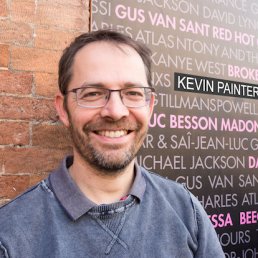Kevin Painter
Title
The fluctuating fortunes of Turing’s model
Abstract
“This model will be a simplification and an idealization, and consequently a falsification.” Despite the opening disclaimer, Turing’s famous morphogenesis theory remains a touchstone of theoretical biology and has inspired enormous interest, both from theoretical and experimental communities. With ups and downs along the way, technical advances and increased interdisciplinary collaboration have now led to a number of convincing examples where Turing’s idea may hold. In this talk I will recount key milestones in the history of this theory and explain how it is clarifying our understanding of development in a number of processes, using our exploration of skin morphogenesis as a principal case study. I will also describe how recent results are pointing the way towards exciting new extensions and directions for Turing’s theory, particularly as links emerge between chemical and mechanical based mechanisms for generating tissue pattern formation.
Short bio
Studied Applied Mathematics at University of Warwick from 1991-1994 where, during the final year, I took a Mathematical Biology taught by Jonathan Sherratt. Consequently, started a D.Phil. at the Centre for Mathematical Biology at Oxford under Philip’s supervision from 1994-1998. Moved to Utah/Minnesota for two years to do a Research Associate with Hans Othmer, before joining Heriot-Watt in 2000, initially as a Research Associate, then a lecturer, etc. Football wise, a Luton Town fan since the age eight, following a brief and ill-advised period supporting West Ham around the time of the 1980 FA Cup final.


